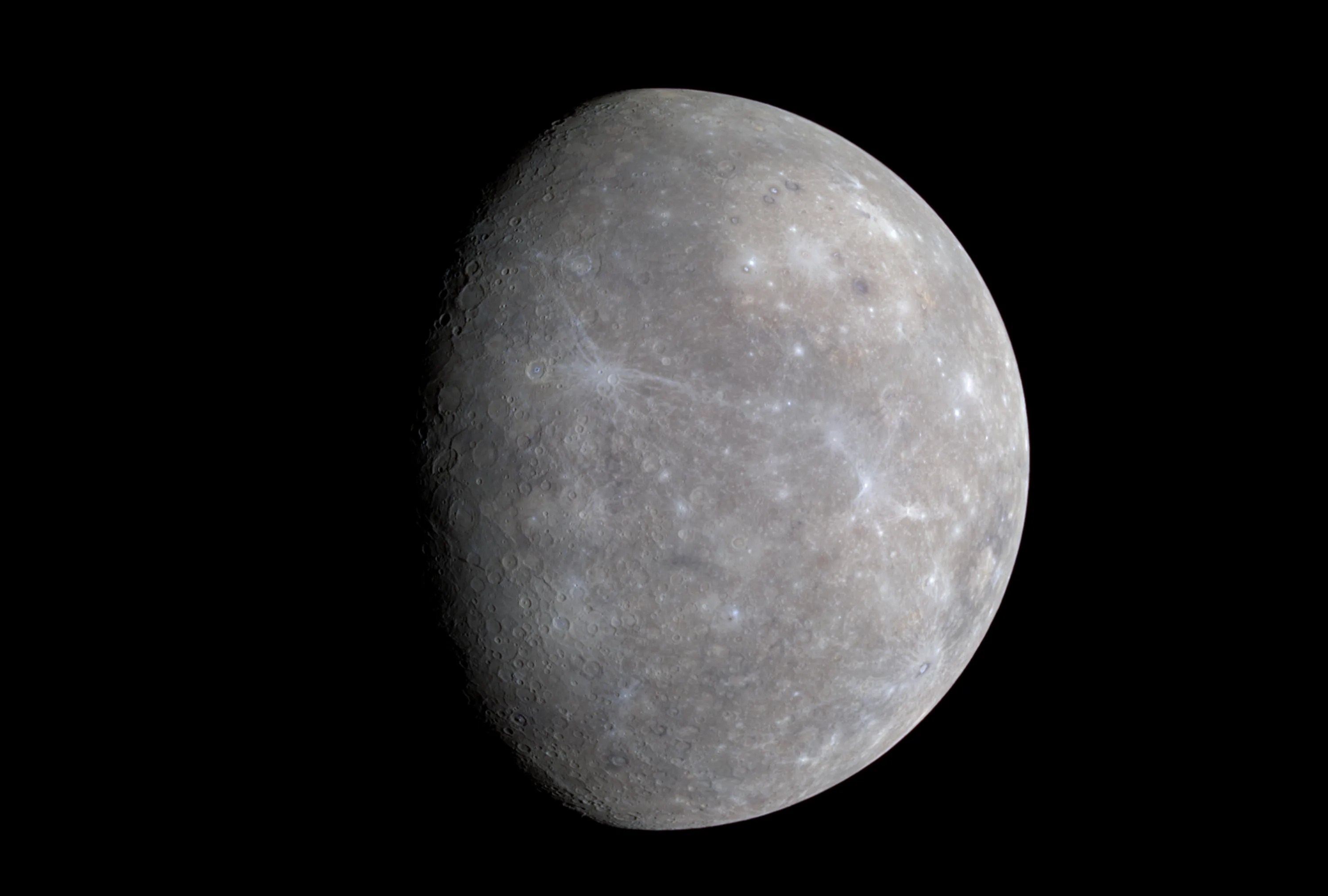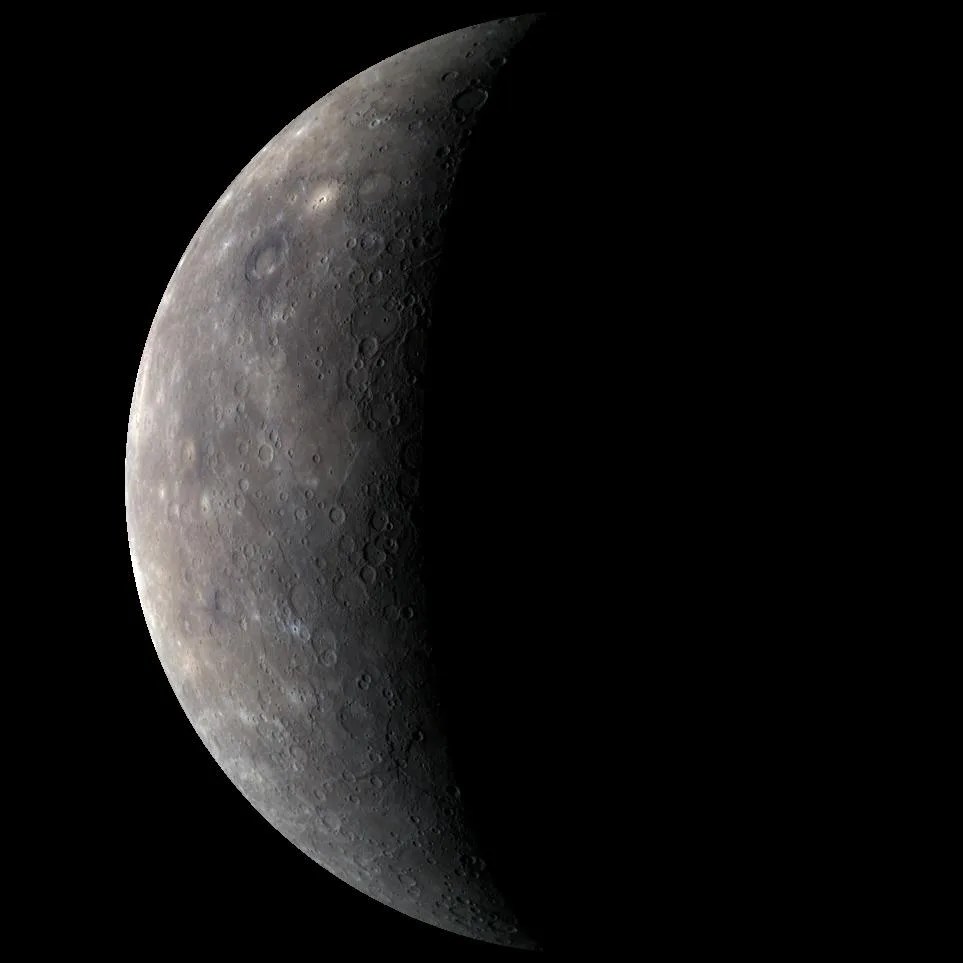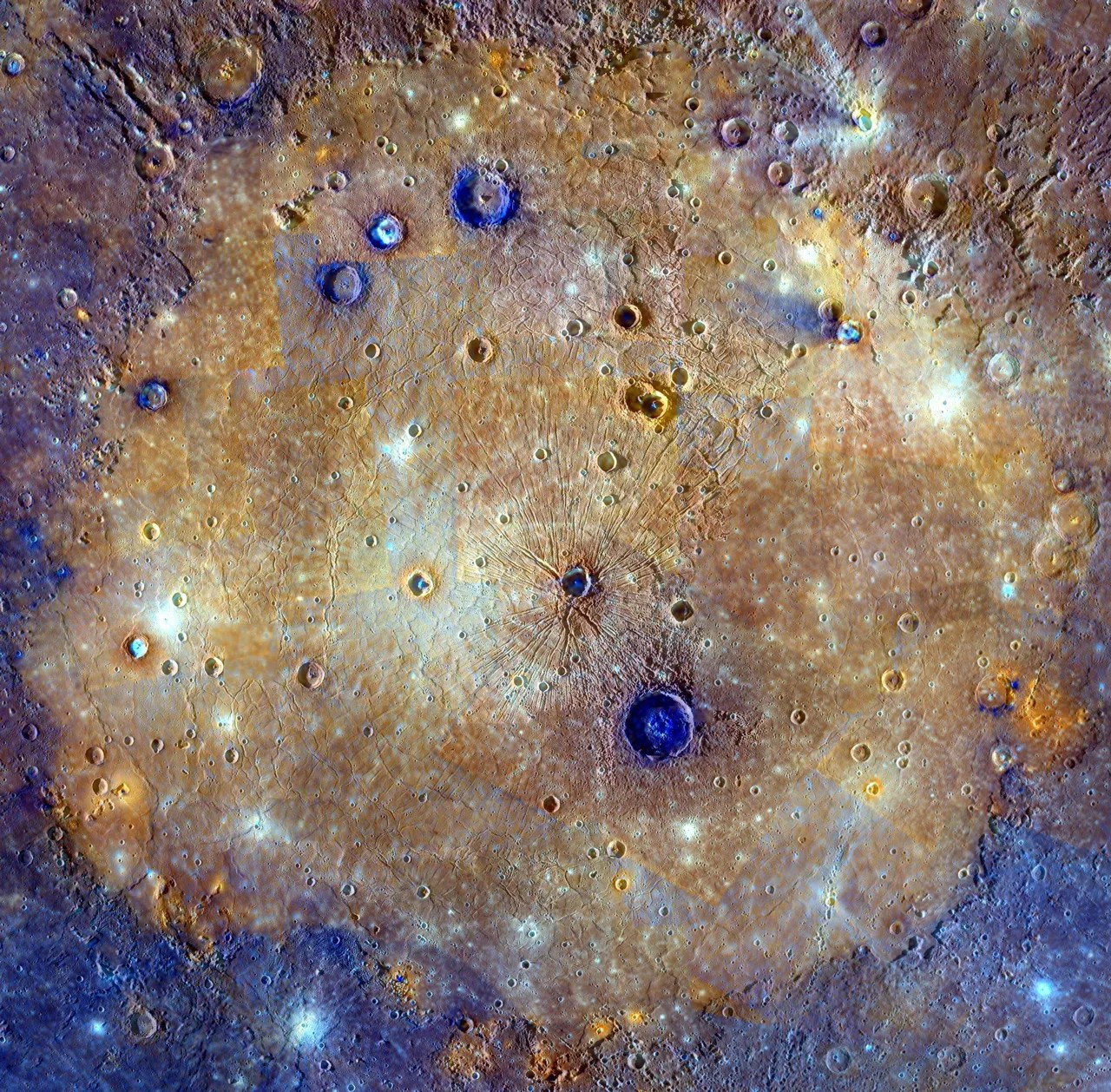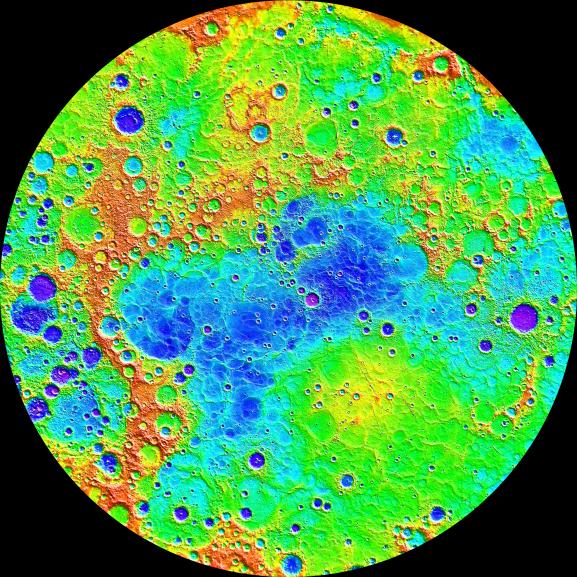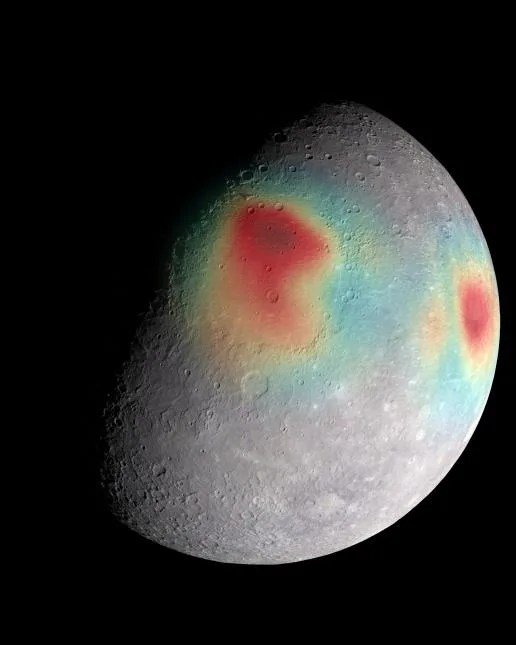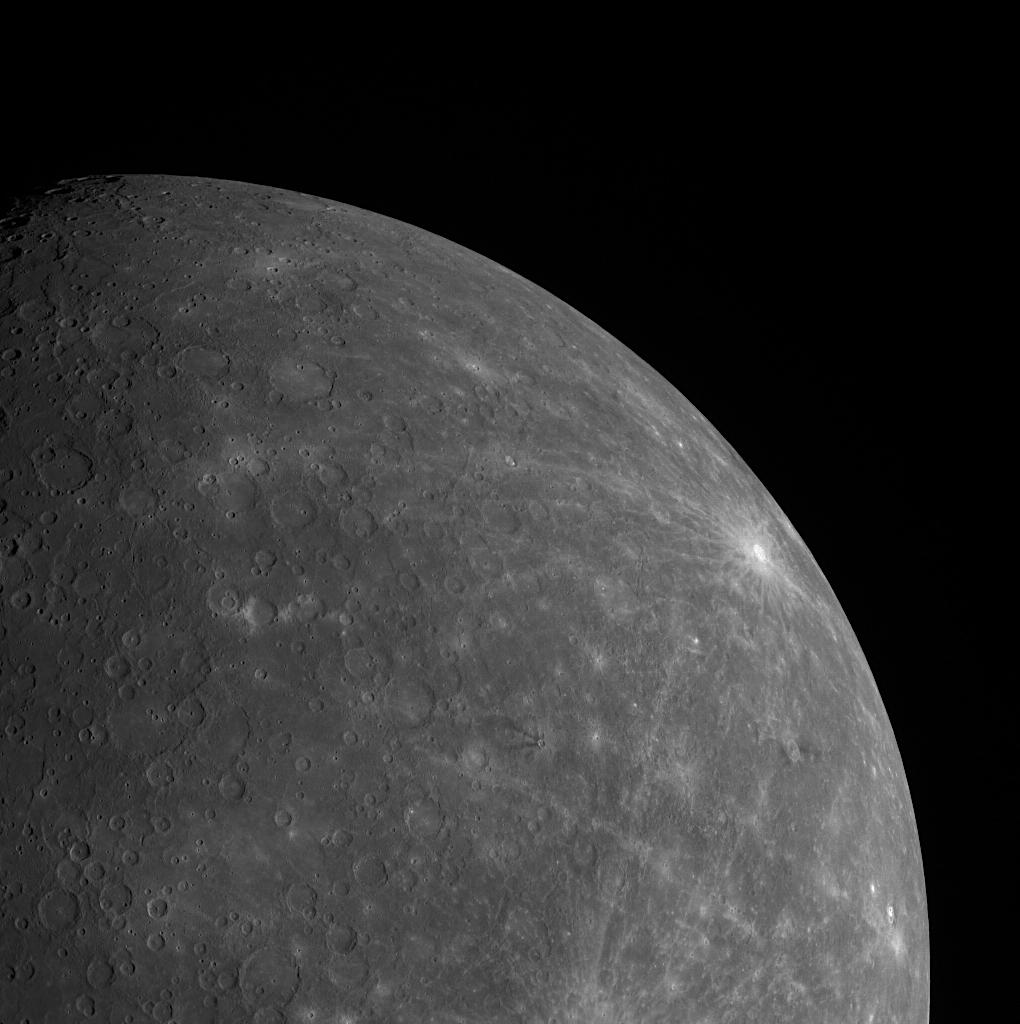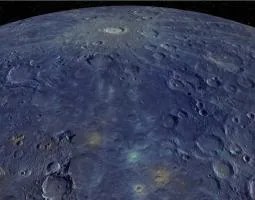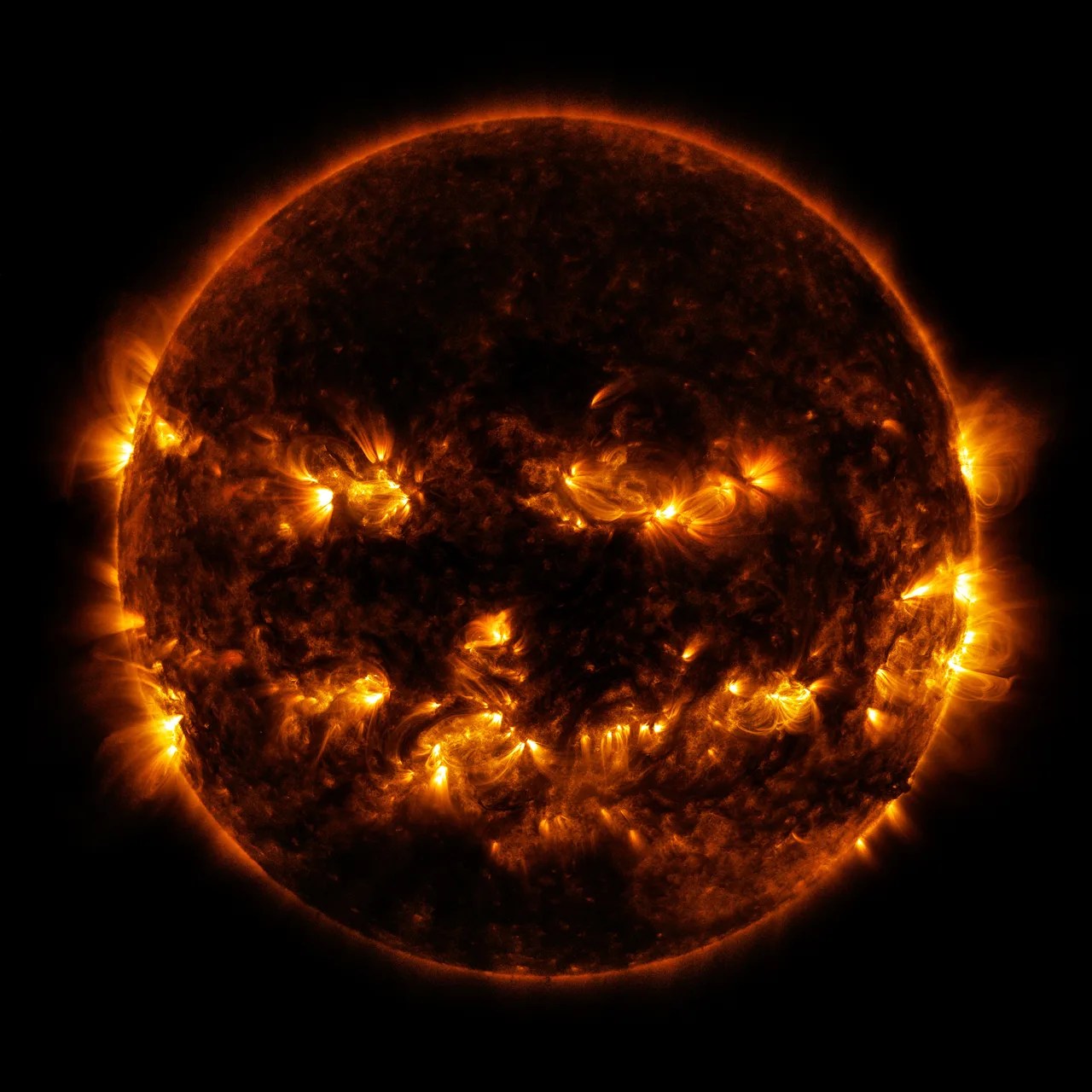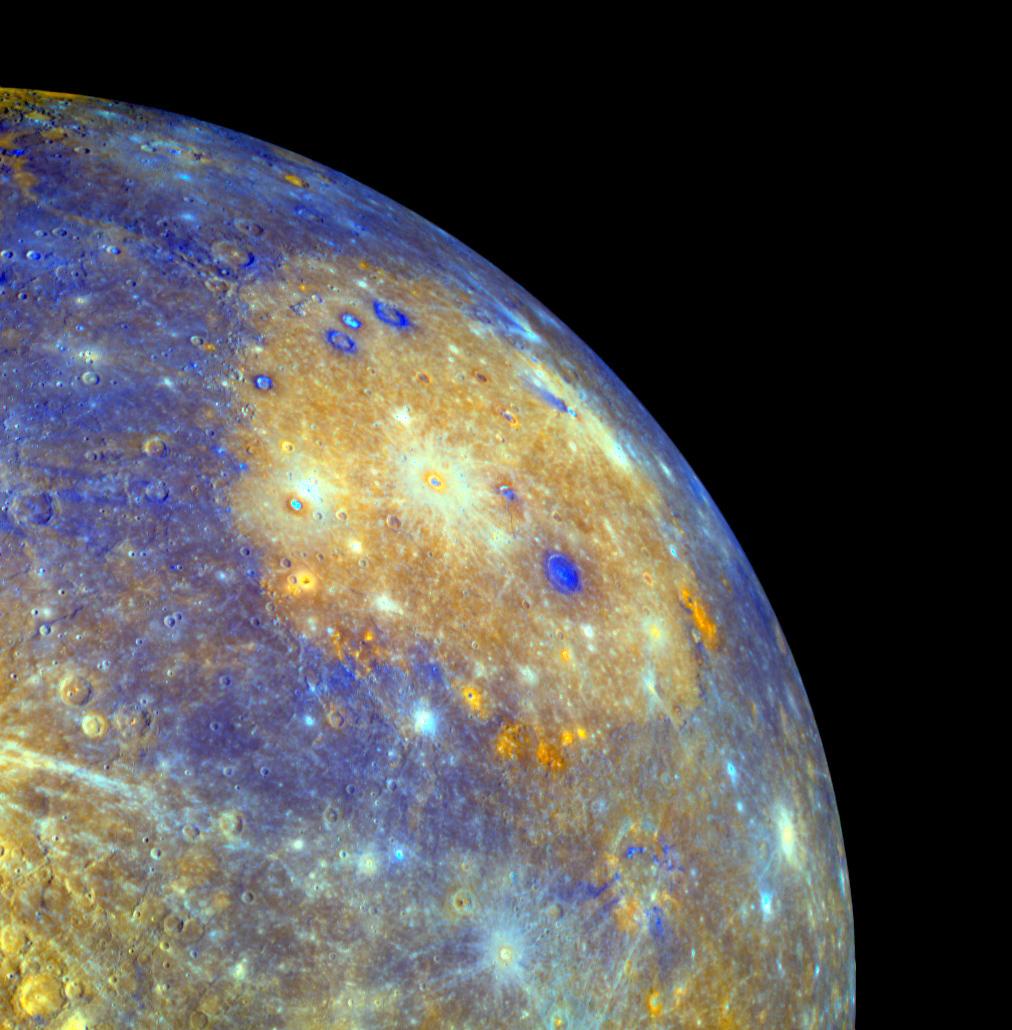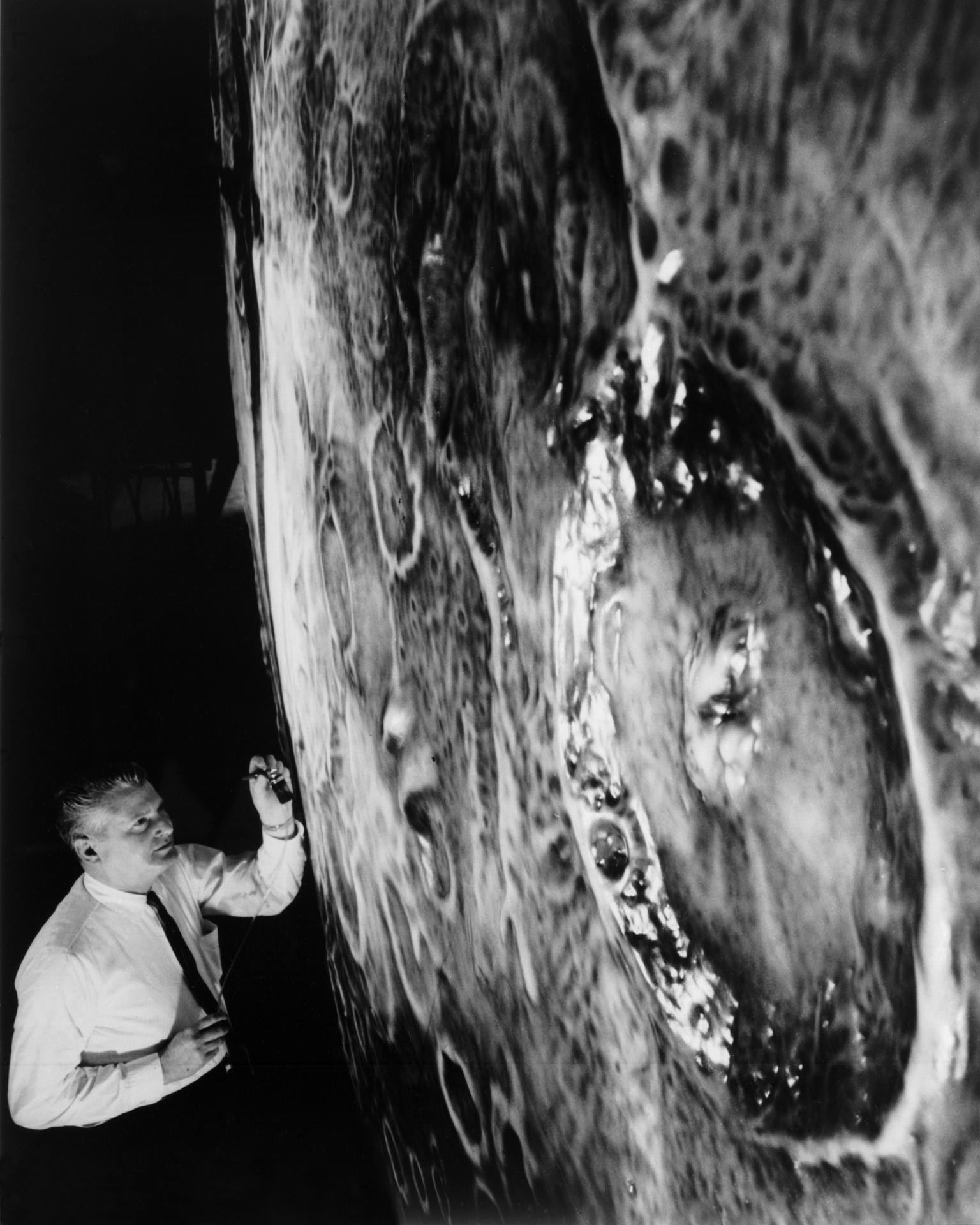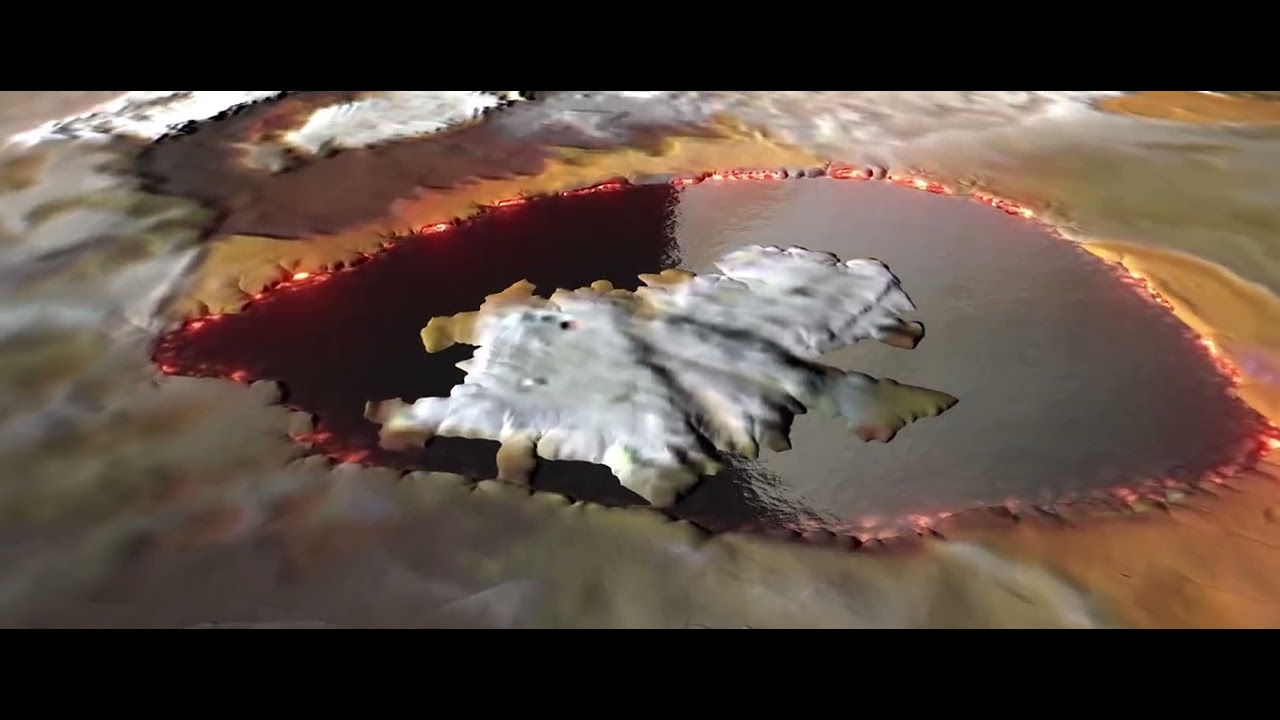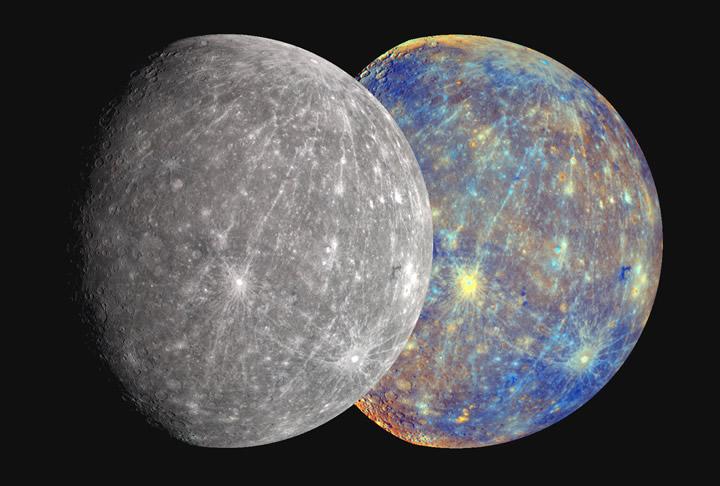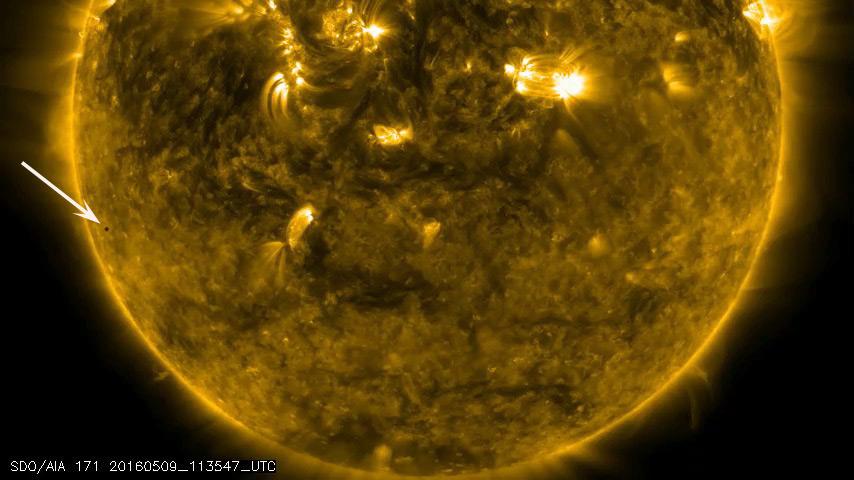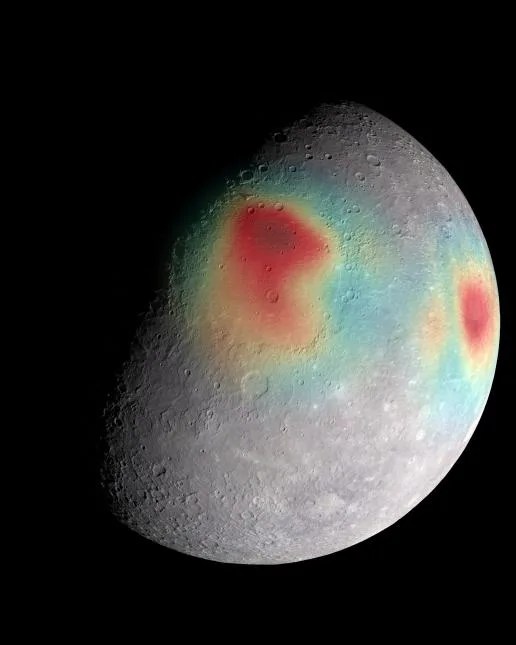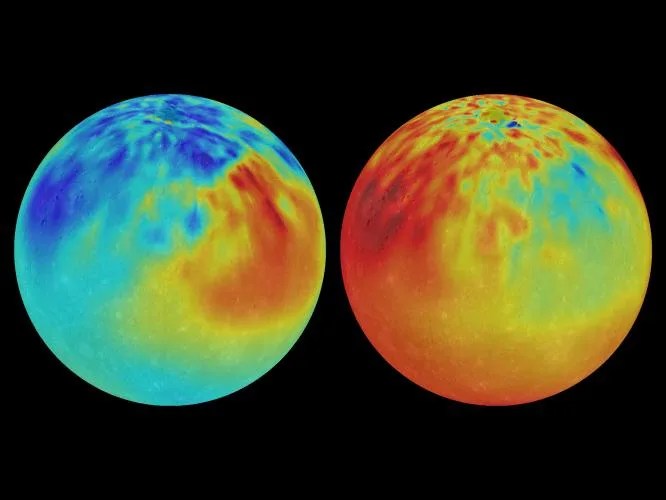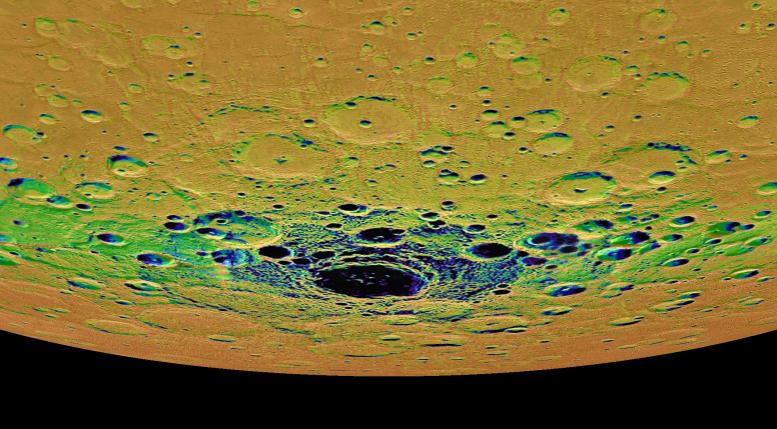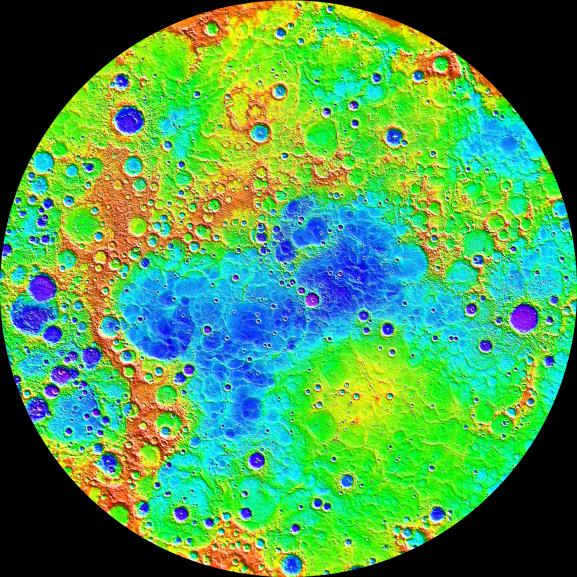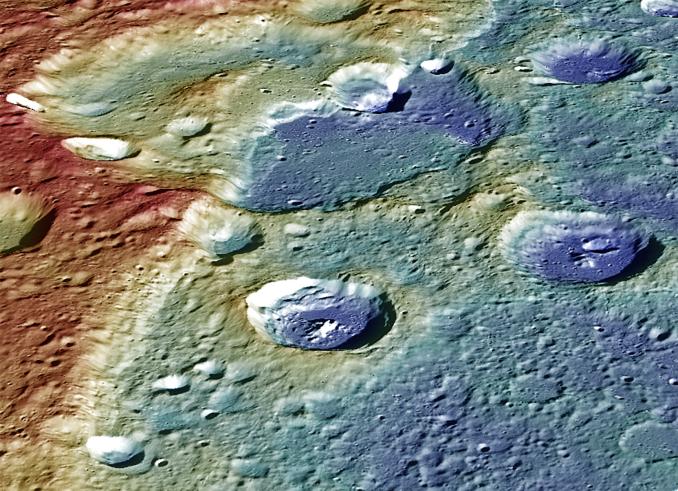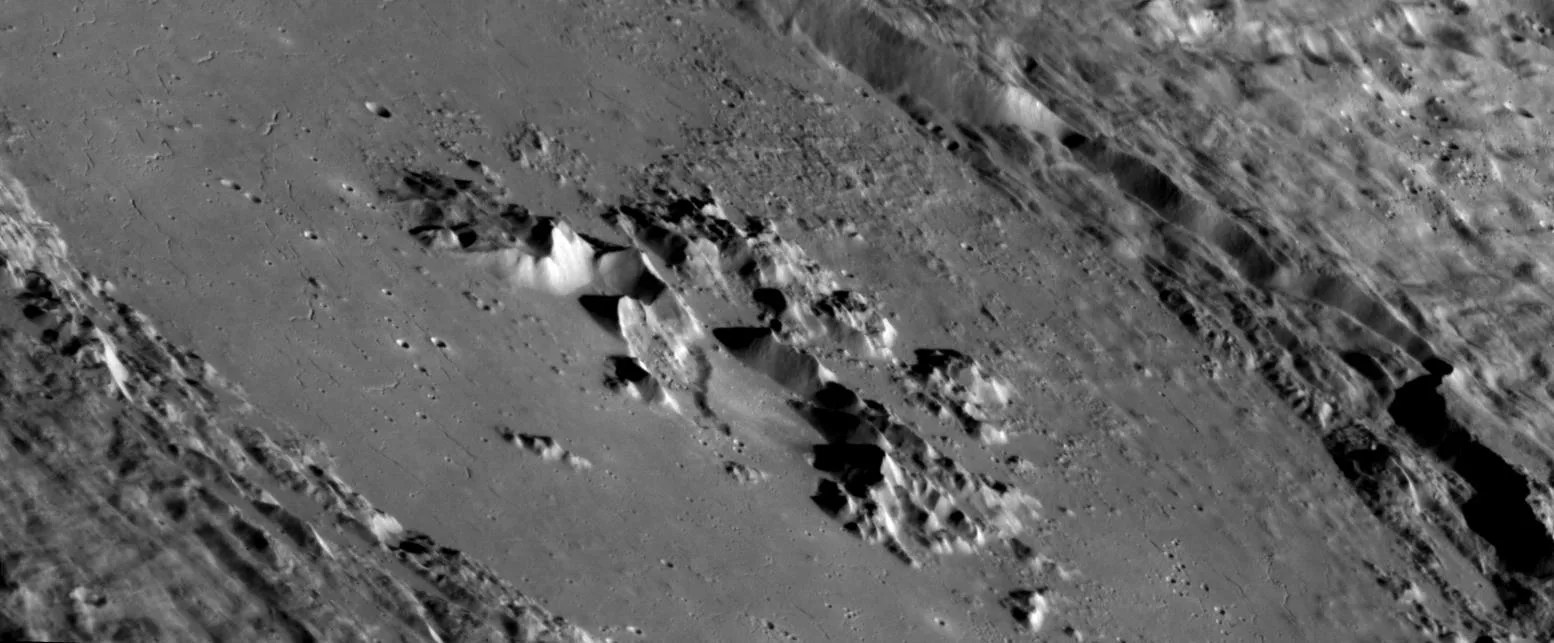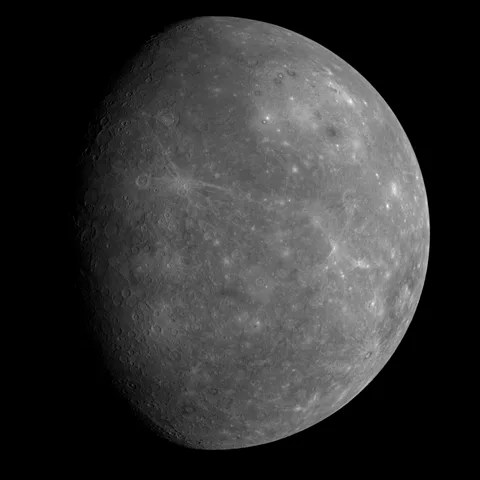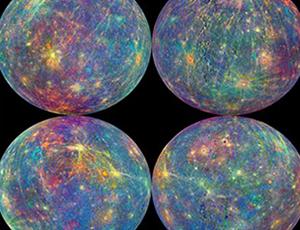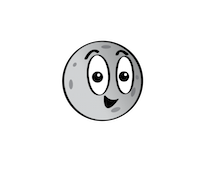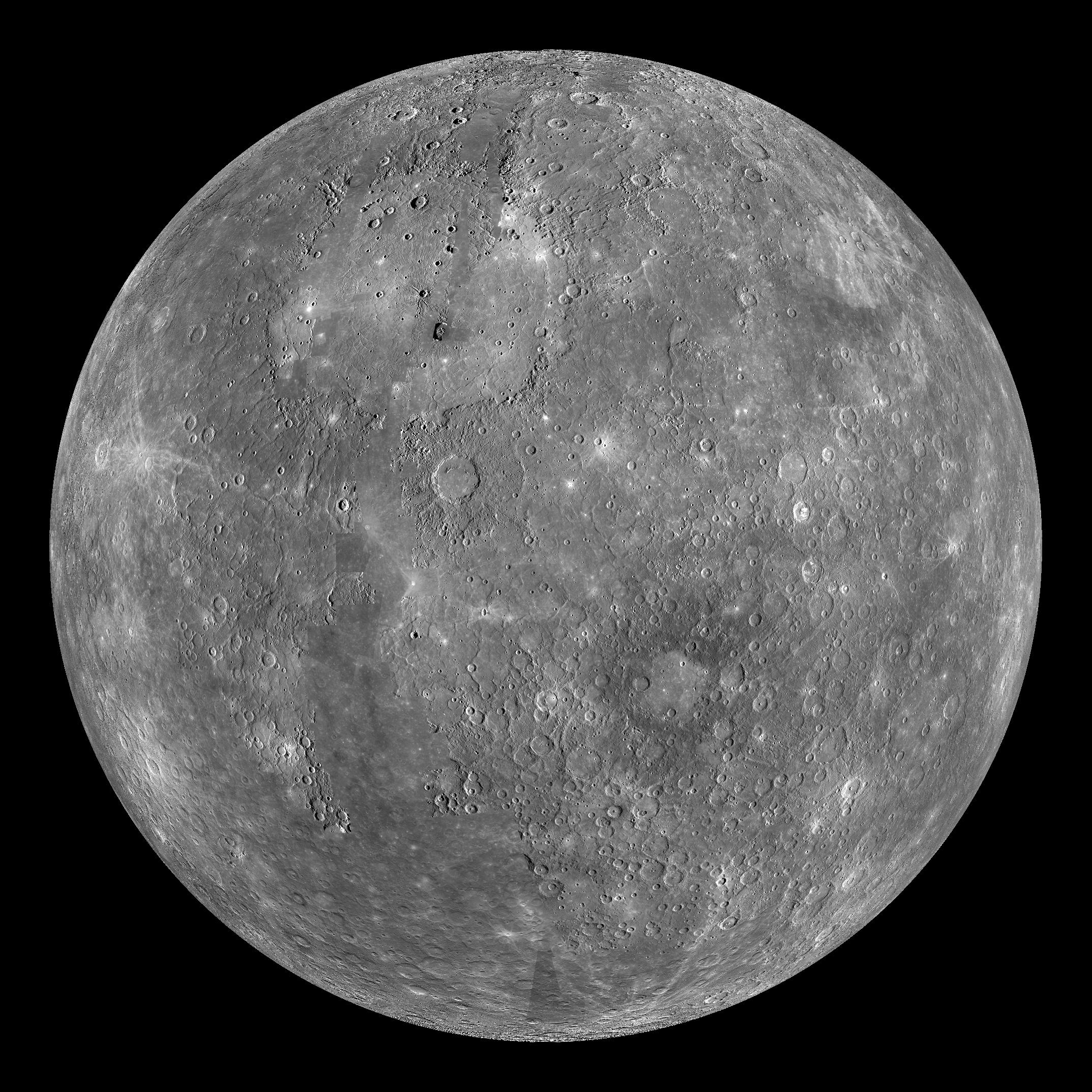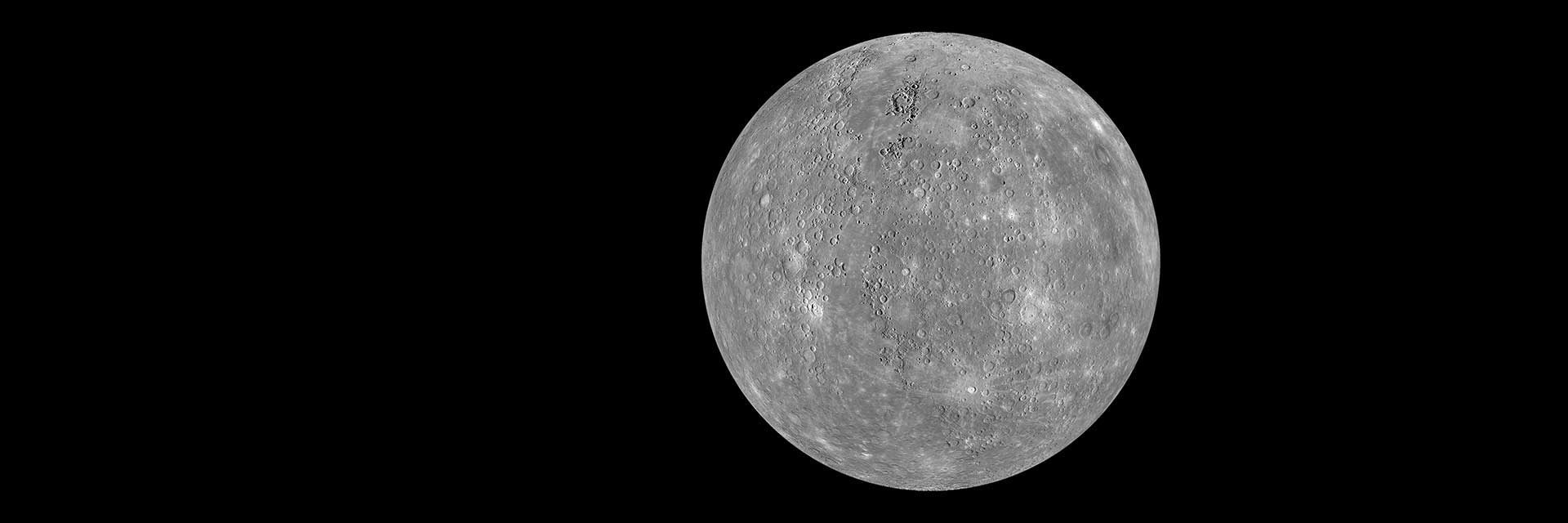
Mercury
Mercury is the closest planet to the Sun, and the smallest planet in our solar system - only slightly larger than Earth's Moon.
All about mercury
Planet Mercury Overview
Mercury—the smallest planet in our solar system and nearest to the Sun—is only slightly larger than Earth's Moon. Its surface is covered in tens of thousands of impact craters.
From the surface of Mercury, the Sun would appear more than three times as large as it does when viewed from Earth, and the sunlight would be as much as 11 times brighter.
Despite its proximity to the Sun, Mercury is not the hottest planet in our solar system— that title belongs to nearby Venus, thanks to its dense atmosphere. But Mercury is the fastest planet, zipping around the Sun every 88 Earth days. Mercury is appropriately named for the swiftest of the ancient Roman gods.
Mercury
Pop Culture
The smallest planet in our solar system has a big presence in our collective imagination. Scores of science fiction writers have been inspired by Mercury, including Isaac Asimov, C. S. Lewis, Ray Bradbury, Arthur C. Clarke, and H. P. Lovecraft. Television and film writers, too, have found the planet an ideal location for storytelling. In the 2007 film "Sunshine," the Icarus II spacecraft goes into orbit around Mercury to rendezvous with the Icarus I.

